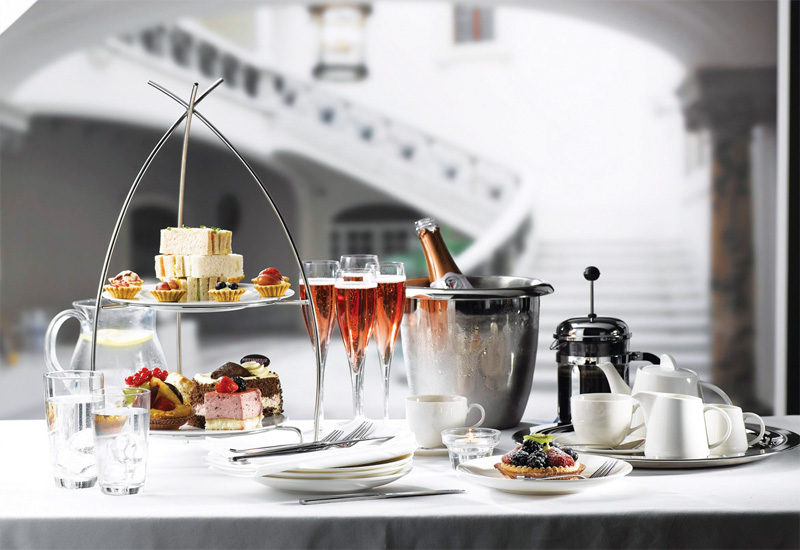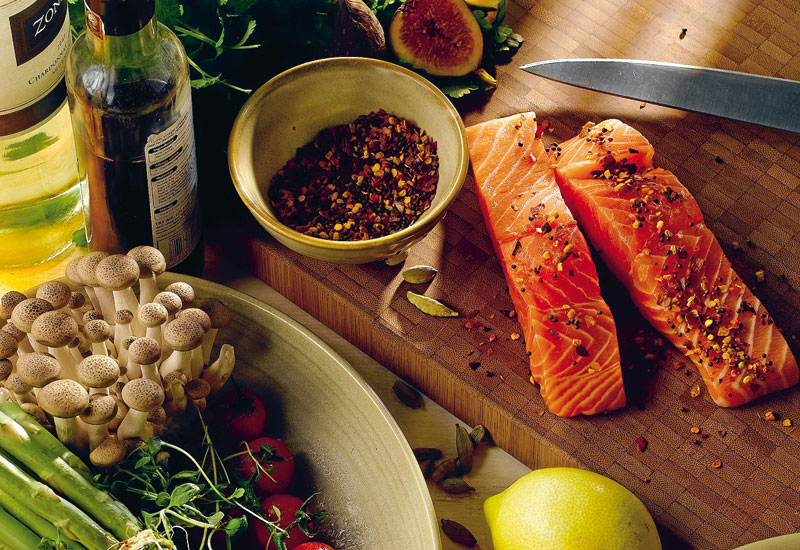 A selection of the many product ranges supplied by Artis, which is expecting to see simple shapes, matt finishes and natural materials become popular.
A selection of the many product ranges supplied by Artis, which is expecting to see simple shapes, matt finishes and natural materials become popular.
How has the use of materials and colour evolved?
Renu Oommen: Colours remain classic ivory with some slight infusions of light decals and simple designs. RAK porcelain introduced its high-alumina porcelain which increases its strength, which is popular. RAK Porcelain’s raw materials also give it the special advantage of being lead- and cadmium-free, thereby making it safe to use.
Sander Ackermans: There was a time when unbreakable glass, which looked like china, was very popular. This material is very durable, but it is important to buy the best quality possible. Today, we select much higher quality materials like fine bone china and hand created specialist glass products.
Allen Hutchings: We have seen an emerging trend in at least one outlet per property to experiment with new materials like slate, glass and stoneware. This could be full lines or accentuating pieces. Colour has always been an important part of tableware, but it is no longer loud.

| Advertisement |
Kathy Birch: Although white porcelain remains the firm favourite with chefs, Artis has noticed a shift towards subtle coloured glazes, with a more handcrafted, rustic feel – duck egg blue/grey in matt finishes, with a Scandinavian feel, are hot right now. Over the past year, we’ve seen strong trends for the use of natural materials, including slate, used as a serving platter, and the incorporation of dark wood trays used in conjunction with porcelain pieces.
Zia Muhammed: These days every client wants products that no other hotel is currently using, everyone wants exclusivity and they are daring to go for different colours, but white is always a champion.
Gavin Dodd: White product was the most popular product of the last few years, but coloured items, particularly our Craft range have surged in popularity this year.
Ghizlane Benzakour, director of sales and marketing, Procurio General Trading: It used to be very common to customize the porcelain by adding a special design and colour. Today clients are selecting more plain white. Most of the time colours are required just for speciality restaurants or banqueting in order to match the interior designs.
Is bespoke tableware on the increase, and why?
Gavin Dodd: It goes up and down, really. Clearly anything that is custom designed is bound to cost more. Unfortunately tabletop and all OS&E products seems to get left until the very last minute and quite often budgets are spent before the tableware is chosen. But we have seen a slight increase in requests for custom products in the last few months as the industry pulls itself out of the recession.
Kevin Wills: Yes, we use it, and in every case, each customised item becomes a talking point for our guest and a unique part of a memorable dining experience.
Wolfgang Meyer: It remains relatively popular but due to the higher price tag clients often prefer standard.
Allen Hutchings: Bespoke tableware needs bespoke budgets. Sometimes budgets are available, but time is a constraint, as bespoke work generally needs longer lead times in terms of designing, pre-production sampling and manufacturing.
Shubhendu Roy: Yes, customised designs are on the rise as chefs are getting more competitive through their creativity. And, with this, they need specific tableware to best present their creative cuisine on.
Renu Oommen: Bespoke tableware is definitely on the increase, due to the strong craving for uniqueness, and especially the need for personal touches on the items.
Ghizlane Benzakour: Not really, as only a few hotels can afford to invest in high quality tableware.
Sander Ackermans: We use bespoke tableware, especially for our buffets for various functions and for the afternoon high tea, and it uniquely matches the design concept of the venues we have.
Article continues on next page ...









 Search our database of more than 2,700 industry companies
Search our database of more than 2,700 industry companies









